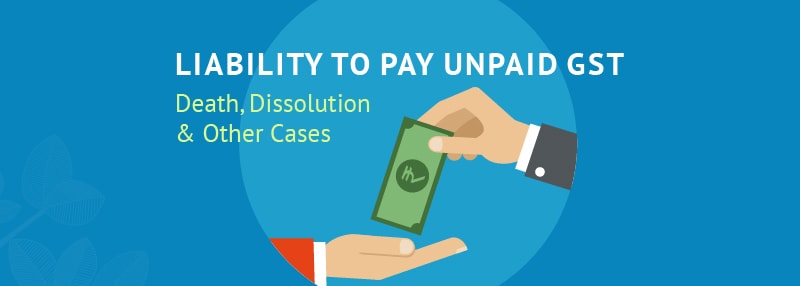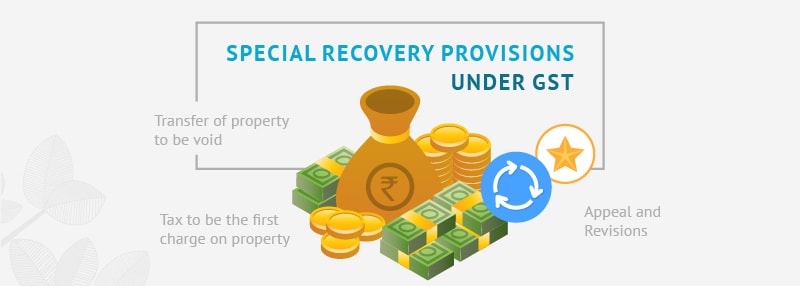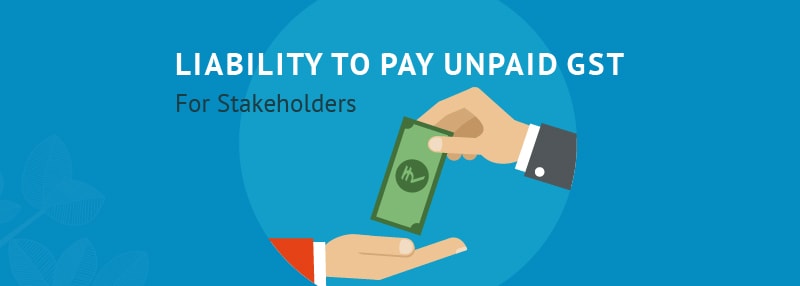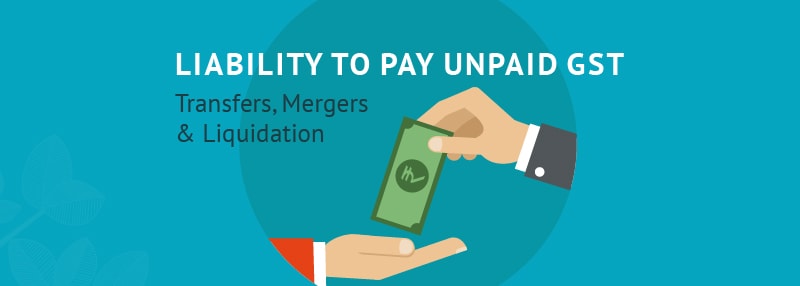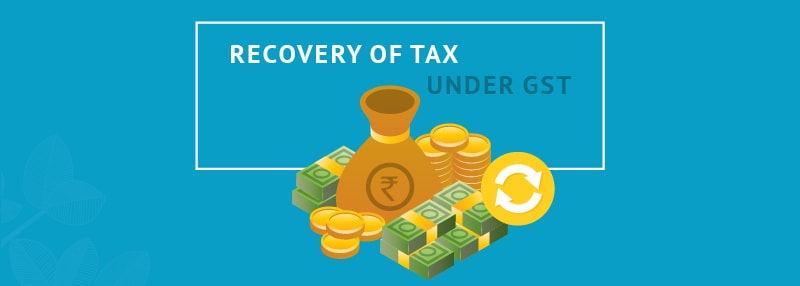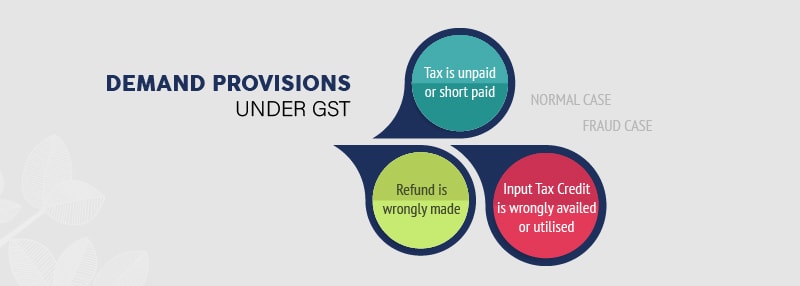In our previous blog, we had studied about various provisions which defined the liability to pay unpaid GST for certain business specific scenarios, such as transfers, mergers and liquidations. In this blog, we will go through some more company specific scenarios – such as when to pay GST and the associated liability in case of death, dissolution, partition, termination and reconstitution.
Liability in case of death
In case a taxable person who is liable to pay unpaid tax, interest or penalty dies, then the following provisions are to be followed to understand when to pay GST and by whom:
- If business if continued – If the business is carried on after the death of a person, by his legal heir or legal representative or any other person, then the legal heir or legal representative will be held liable for the unpaid dues
- If business is discontinued – If the business carried on by the person is discontinued, whether before or after his death, his legal heir or legal representative will be liable to pay the unpaid amount. However, the payment will be made out of the estate of the deceased, only to the extent up to which the estate is capable of meeting the unpaid tax, interest or penalty. At any point in time, the legal heir or legal representative will not be personally liable and needs to be aware about when to pay GST i.e. the pending dues.
Note: The liability in case of death will hold true if the unpaid tax, interest or penalty was determined before the death of the taxable person but is unpaid or undetermined after death.
Liability in case of partition of HUF / AOP
In case a taxable person who is liable to pay unpaid tax, interest or penalty is part of Hindu Undivided Family (HUF) or an Association of Persons (AOP), and the property of the HUF or AOP is partitioned amongst the various members or group of members, then each member or group of members, shall be jointly and severally, liable to pay the unpaid tax, interest or penalty, up to the time of the partition, and thus needs to be well informed about when to pay GST.
Note: The liability in case of partition of HUF / AOP holds true if the unpaid tax, interest or penalty was determined before the partition but is unpaid or undetermined after partition.
Liability in case of dissolution of firm
In case a taxable person who is liable to pay unpaid tax, interest or penalty is a partnership firm, and the firm is dissolved, then every person who was a partner shall be jointly and severally, liable to pay the unpaid tax, interest or penalty due from the firm, up to the time of dissolution. Such a person needs to understand the liability provisions in order to determine when to pay GST.
Note: The liability in case of dissolution of firm will hold true if the unpaid tax, interest or penalty was determined before the dissolution but is unpaid or undetermined after dissolution.
Liability in case of termination of guardianship or trust
In case a taxable person who is liable to pay unpaid tax, interest or penalty is either a guardian of a ward on whose behalf the business is carried out by him, or, is a trustee who carries on the business under a trust for a beneficiary, and the guardianship or trust is terminated, then the ward or the beneficiary shall be liable to pay the unpaid tax, interest or penalty due from the taxable person, up to the time of termination, post which the due date i.e. when to pay GST can be determined.
Note: The liability in case of termination of guardianship or trust holds true if the unpaid tax, interest or penalty was determined before the termination but is unpaid or undetermined after termination.
Liability in case of discontinuance of business by firm, HUF or AOP
In case a taxable person who is liable to pay unpaid tax, interest or penalty is either a firm or a HUF or an AOP, and the firm, HUF or AOP has decided to discontinue the business for some reason, then the following provisions are to be followed to estimate liability and understand when to pay GST:
- Tax, interest or penalty payable by such a firm, HUF or AOP, up to the date of discontinuance may be determined, as if no discontinuance had taken place
- Every person, who at the time of the discontinuance, was a partner of the firm or HUF or AOP, shall be jointly and severally, liable for the payment of unpaid tax, interest and penalty, as if he were himself a taxable person.
Note: The liability in case of discontinuance of business will hold true if the unpaid tax, interest or penalty was determined or imposed before or after the discontinuance.
Liability in case of reconstitution of firm or AOP
In certain cases, there are changes made to the constitution of a firm or an association of persons (AOP), which is known as a reconstitution. In such cases, all the partners of the firm or members of the association, who were there at the time of the reconstitution, shall be jointly and severally, liable to pay the unpaid tax, interest and penalty, as they exist either before or after the reconstitution. The liability in case of reconstitution of firm or AOP will hold true under all circumstances, and will need to be understood by all stakeholders who need to then become aware of when to pay GST.
